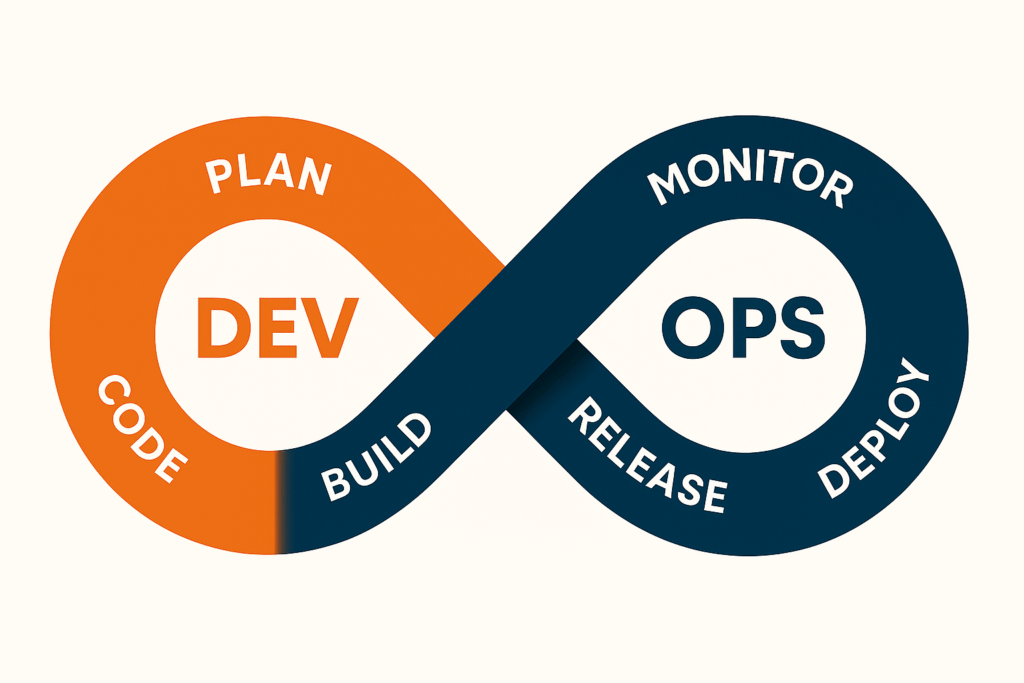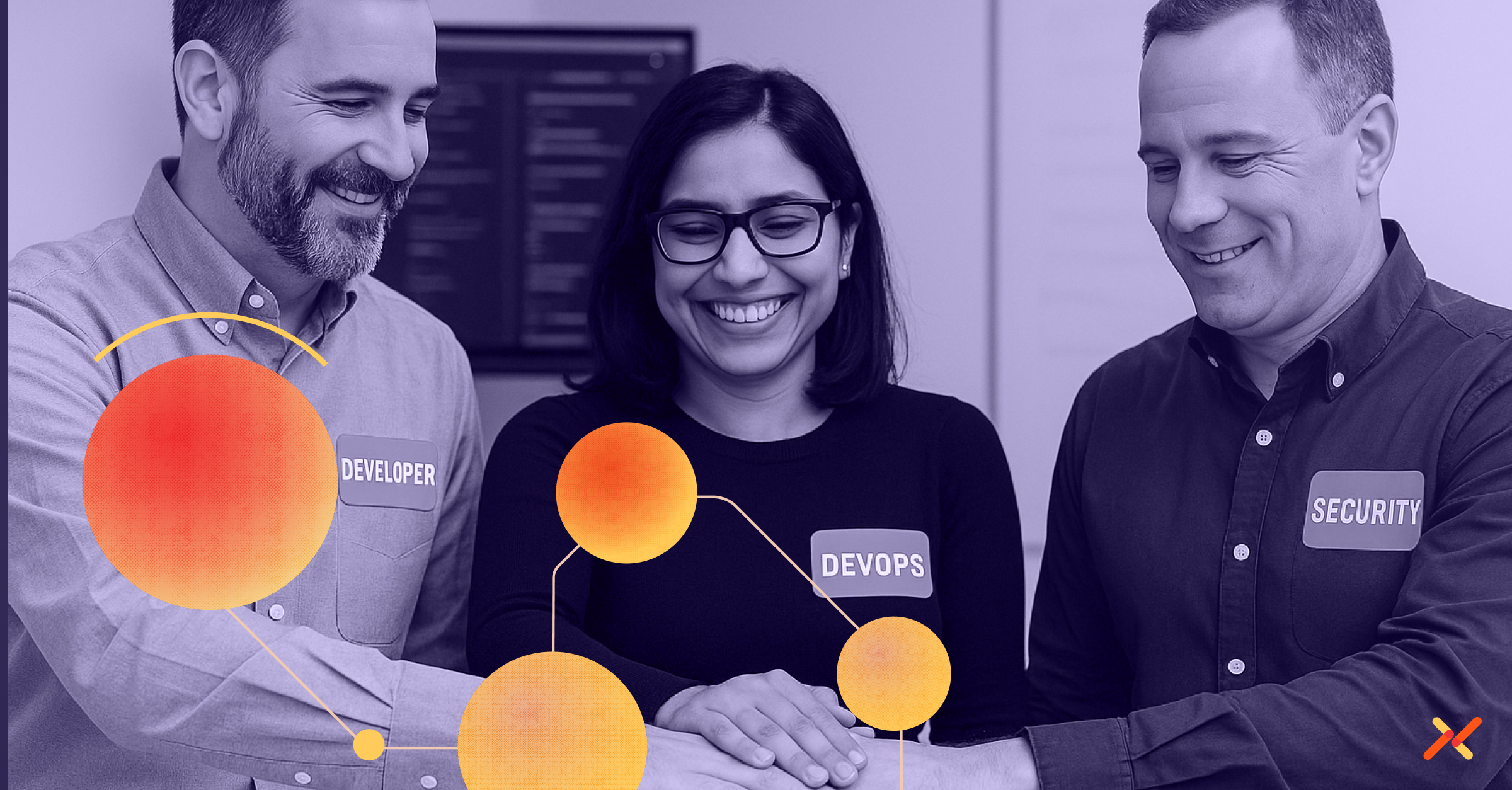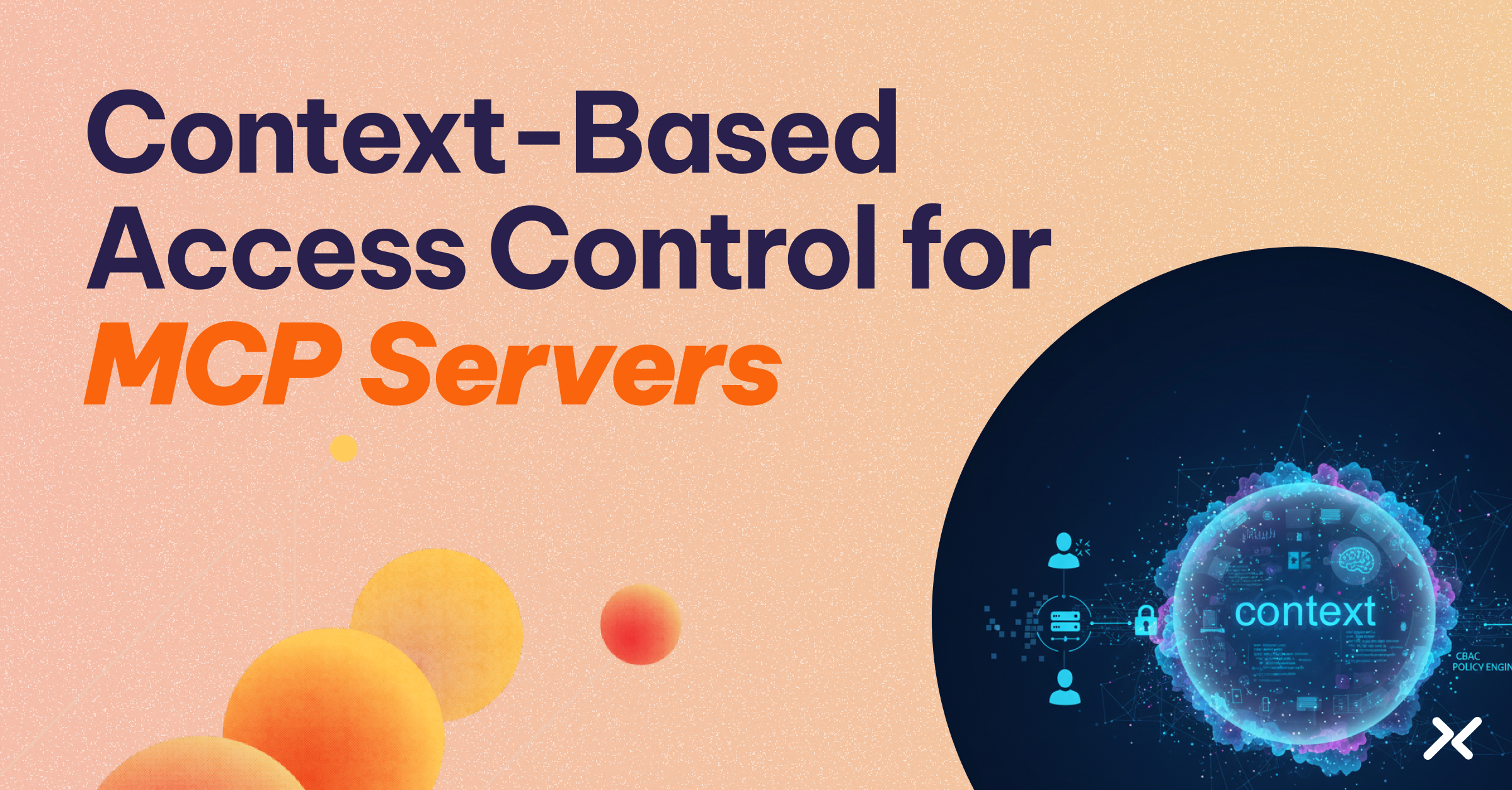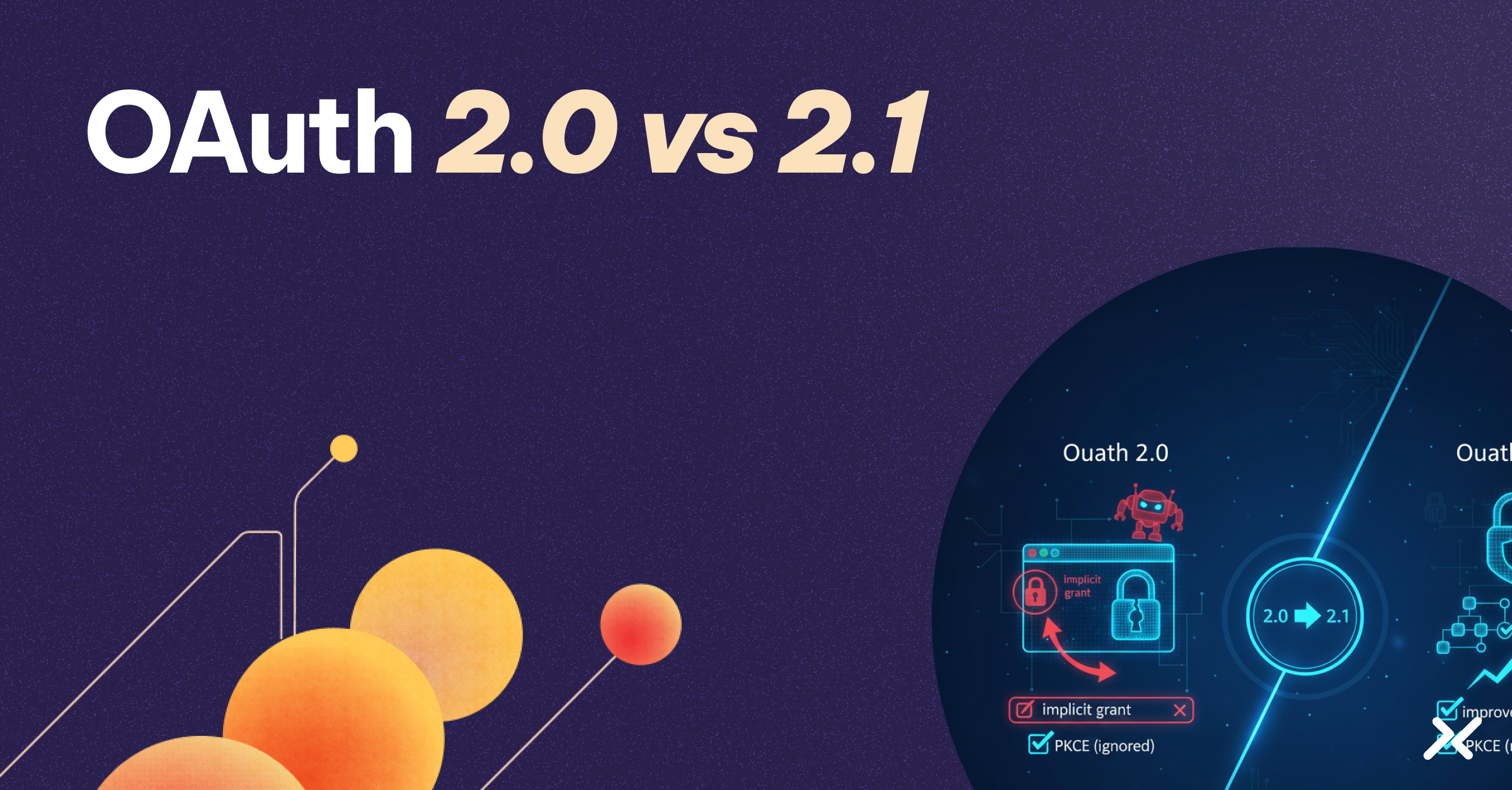There’s a common misconception that Developers, DevOps, and Security teams are inherently opposed – that developers and DevOps prioritize speed while security focuses on caution. But that’s a shallow view. In practice, all three groups ultimately want the same thing: resilient infrastructure, secure systems, and rapid recovery when things go wrong.
The problem is more structural. They work on different timelines, use different tools, and often measure success by different outcomes.
Developers and DevOps teams do indeed care very much about speed and reliability — shipping new features, minimizing downtime, and recovering quickly from failure. Security, on the other hand, is measured by what doesn’t happen – no breaches, no data leaks, no misconfigurations.
This fundamental difference in how success is defined can lead to friction, even when all teams are acting responsibly. Developers, who are often caught in the middle, face competing pressures to move quickly while also addressing security concerns.
The solution is building systems that allow developers, operations, and security teams to collaborate without creating bottlenecks. That means aligning incentives, making security context available earlier in the process, and integrating feedback where it matters.
Here’s how high-performing organizations bridge the gap:
1) Shift Left with Context, Not Just Checks
Shifting left is a common refrain, but it’s often reduced to static code analysis and checklist-style gating. That leads to long backlogs, unclear priorities, and alert fatigue. The real power of shifting left is in moving security context to the earliest stages of design and development.
When security context arrives early, engineers can build with better defaults, and security teams spend less time firefighting. This approach shifts the focus from detecting problems to preventing them, aligning both teams around the same goals.
Implementation tip: Create security architecture decision records (ADRs) that provide clear guidance for developers on handling common security scenarios. Make these accessible during planning phases, not just during implementation. Ensure they’re written in developer-friendly language with code examples where appropriate.

2) Build Golden Paths — and Treat Them Like Products
The last thing developers likely want is more checklists. They need tools that make secure choices the easiest choices. That’s the purpose of golden paths — pre-built templates, pipelines, and architecture patterns that bake in secure defaults.
Golden paths should be:
- Versioned, documented, and maintained with changelogs.
- Designed for usability, not just compliance.
- Flexible enough to handle real-world edge cases.
- Regularly updated to address emerging threats.
Done well, golden paths eliminate the need for manual reviews, reduce one-off tickets, and allow engineers to focus on shipping.
Implementation tip: Assign product owners to your golden paths who are accountable for adoption metrics, user feedback, and continuous improvement.
3) Tighten the Feedback Loop Between Action and Consequence
Feedback loses value as time passes. If a security issue surfaces days or weeks after a deployment, the connection to the original decision fades. Fixes become backlog items, and ownership becomes unclear.
To avoid this, security feedback should be immediate and context-aware, landing where the issue originated:
- Inline feedback in PRs.
- Automated checks in CI/CD.
- Specific remediation guidance, not just severity scores.
- Visible security performance metrics for teams.
Engineers can act on issues quickly, without needing a full threat model to understand the impact.
Implementation tip: Implement pre-commit hooks and IDE plugins that catch security issues before code is even pushed, with clear guidance on how to fix them.
4) Normalize Shared Retrospectives for Incidents and Near-Misses
Most companies treat outages and security events as separate tracks, but they often have the same root causes: poorly maintained automation, unclear ownership, or excessive permissions.
Effective retrospectives should:
- Focus on systemic gaps, not individual mistakes.
- Identify where better observability or clearer policy would have helped.
- Create actionable follow-ups for both teams, not just lessons learned.
- Examine near-misses, not just full breaches.
These reviews build a shared understanding of failure modes, reducing the risk of repeat issues.
Implementation tip: Create a joint incident response runbook that brings DevOps and security together from the first alert, rather than working in silos.
5) Use Metrics That Drive Cross-Team Behavior
Teams optimize for what they measure. If DevOps is judged on speed and uptime, and security on closed vulnerabilities, collaboration will always be a second priority.
Instead, define shared metrics that reflect mutual goals:
- % of services deployed via secure golden paths.
- Mean time to remediate critical issues.
- % of workloads with verified least-privilege access.
- Time to revoke unused or dormant access.
- Technical debt reduction velocity.
Shared KPIs drive alignment at the leadership level and create clarity for individual teams.
Implementation tip: Include these metrics in leadership dashboards, and review them in joint forums that include both technical and business stakeholders.
6) Use Non-Human IAM as a Bridge Between Teams
At the core of DevOps and security alignment is a simple truth: identity isn’t just another piece of the puzzle – it’s the connective tissue that holds everything together.
But the burden of managing credentials, secrets, and permissions, especially for non-human identities, is a common pain point. These software workloads, from APIs to AI agents to service accounts, often handle the most sensitive tasks in the environment – deploying code, running infrastructure, or accessing databases. But managing their credentials securely is a persistent challenge.
Without a unified approach, teams end up with sprawling secrets, hardcoded credentials, and inconsistent access controls. This not only creates operational friction but also expands the attack surface.
Non-human IAM helps solve this by providing context-aware, just-in-time access for workloads without the need for static secrets. It unifies identity management across development and production environments, reducing key sprawl and minimizing the need for secrets management.
Benefits include:
- Reducing secrets sprawl by eliminating hardcoded credentials.
- Providing just-in-time, context-aware access that scales with automation.
- Unifying identity management across development and production environments, creating a single source of truth for non-human identities.
- Creating clear audit trails that satisfy both operational and security requirements.
Non-human IAM can serve as a natural “technological” bridge, allowing both teams to build with confidence without compromising security.
Implementation tip: Check out Aembit’s QuickStart Guide to get started.
DevSecOps: The Organizational Framework for Integration
The approaches outlined above are components of a broader DevSecOps transformation. DevSecOps extends the principle of shared responsibility in DevOps to include security considerations at every stage of the software development lifecycle.
A mature DevSecOps organization is characterized by:
- Security as a first-class consideration in architectural decisions.
- Automated security testing integrated into CI/CD pipelines.
- Clear ownership of security outcomes across development and operations teams.
- Transparent security metrics visible to all stakeholders.
- Continuous improvement cycles that address both security and operational concerns.
By focusing on the six practical approaches outlined above, organizations can begin this transformation without overwhelming their teams or creating new silos. When DevOps and security teams come together under a DevSecOps model, they create something more valuable than either could achieve alone: resilient systems that can evolve quickly without compromising security.
For more information on how Aembit can help, visit us here.
The Workload IAM Company
Manage Access, Not Secrets
Boost Productivity, Slash DevSecOps Time
No-Code, Centralized Access Management




